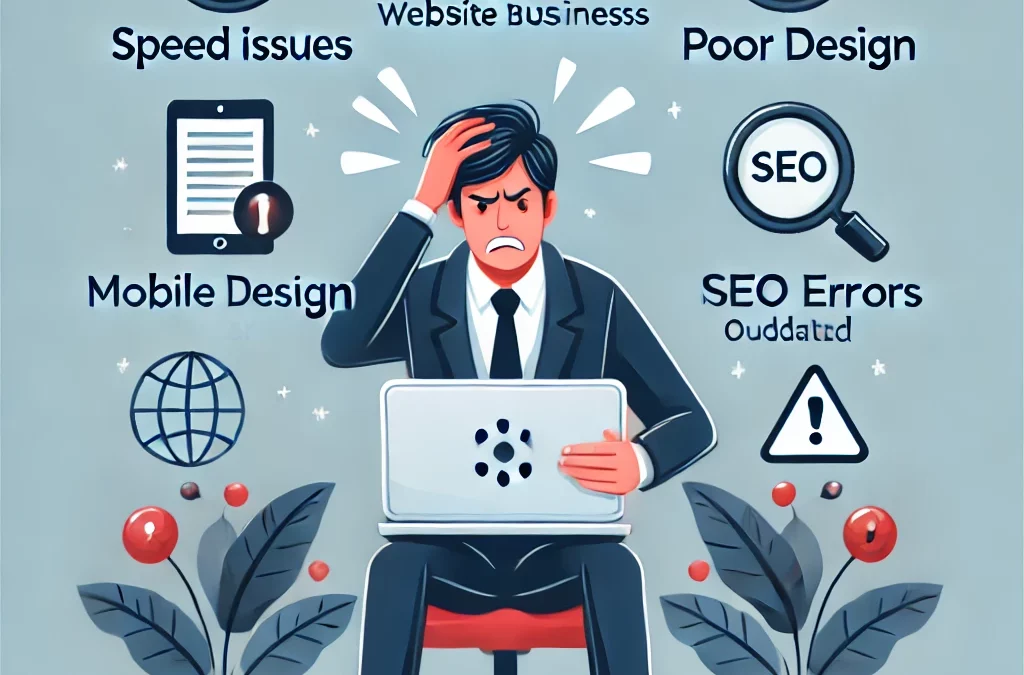
Affordable Websites vs. Expensive Agencies – What’s the Difference?
January 10, 2025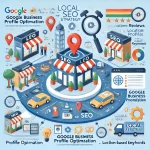
How SEO Can Help Small Businesses Compete with Big Brands
January 24, 2025Introduction
Your website is often the first interaction potential customers have with your business. A well-designed site can build trust, improve user experience, and increase sales. However, common website mistakes that hurt your business can drive visitors away, lower your search engine rankings, and ultimately harm your online presence.
Many business owners unknowingly make website mistakes that hurt their business, affecting their site’s performance. These issues can result in higher bounce rates, lower engagement, and lost conversions. Therefore, if you want your website to work for your business, it’s crucial to identify and fix these issues before they negatively impact growth.
In this article, we’ll explore five critical website mistakes that hurt your business, along with practical solutions to resolve them effectively.
Table of contents
- Introduction
- 1. Slow Website Speed – The Silent Business Killer
- 2. Poor Website Design and Navigation – Losing Visitors Instantly
- 3. Lack of Mobile-Friendliness – Missing Out on Majority Users
- 4. Weak SEO Strategy – Invisible to Search Engines
- 5. Outdated or Inconsistent Content – Losing Customer Trust
- Conclusion – Which One is Right for You?
1. Slow Website Speed – The Silent Business Killer
Why It’s a Problem
A slow-loading website can frustrate visitors and cause them to leave before the page even loads. According to Google, 53% of mobile users abandon sites that take longer than 3 seconds to load. If your site is too slow, it will hurt both user experience and search rankings.
How to Fix It
- Optimise images – Compress images using tools like TinyPNG.
- Use a content delivery network (CDN) – Improves loading speed by serving content from nearby servers.
- Minimise HTTP requests – Reduce the number of scripts, images, and files loading on your page.
- Enable browser caching – Stores website data so repeat visitors experience faster loading times.
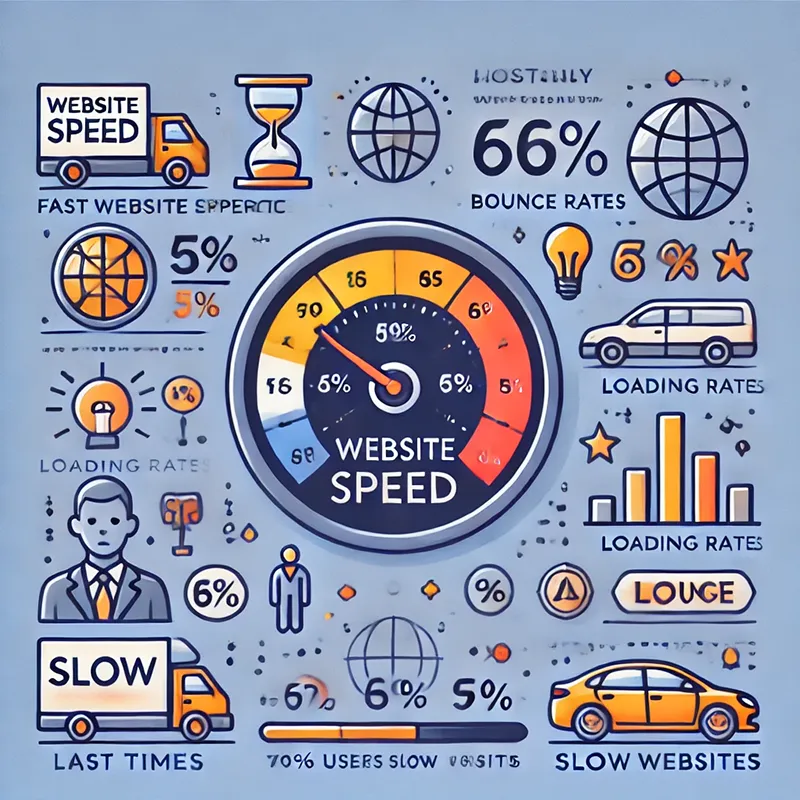
2. Poor Website Design and Navigation – Losing Visitors Instantly
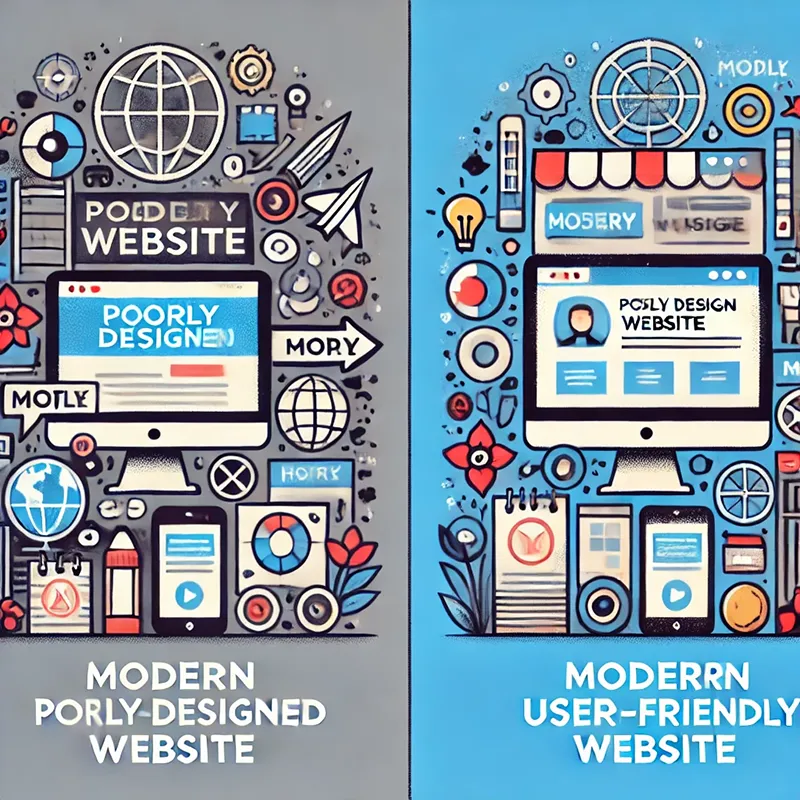
Why It’s a Problem
A cluttered, confusing, or unprofessional website reduces credibility and makes it difficult for users to find information. If visitors can’t navigate your site easily, they’ll leave before engaging with your content.
How to Fix It
- Simplify navigation – Ensure menus are clear, concise, and well-structured.
- Use a professional, modern design – Choose a clean layout that aligns with your branding.
- Ensure clear call-to-actions (CTAs) – Make it easy for visitors to contact you, buy products, or request services.
- Improve readability – Use appropriate fonts, colours, and spacing.
3. Lack of Mobile-Friendliness – Missing Out on Majority Users
Why It’s a Problem
More than 60% of web traffic comes from mobile devices, and Google prioritises mobile-friendly websites in search rankings. If your site isn’t mobile-optimised, you’re losing potential customers. Moreover, mobile users expect fast, smooth, and easily readable content.
How to Fix It
- Use responsive design – Ensure your site adapts to different screen sizes.
- Test on multiple devices – Check usability on smartphones, tablets, and desktops.
- Avoid small fonts and buttons – Make sure the content is easy to read and navigate.
- Use Google’s Mobile-Friendly Test – Identify mobile usability issues.
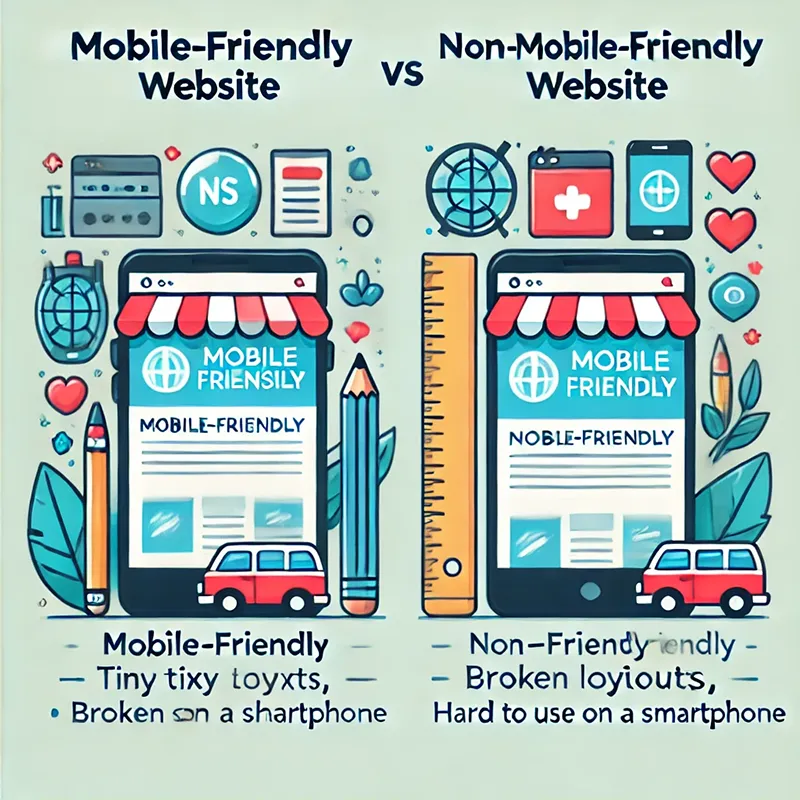
4. Weak SEO Strategy – Invisible to Search Engines
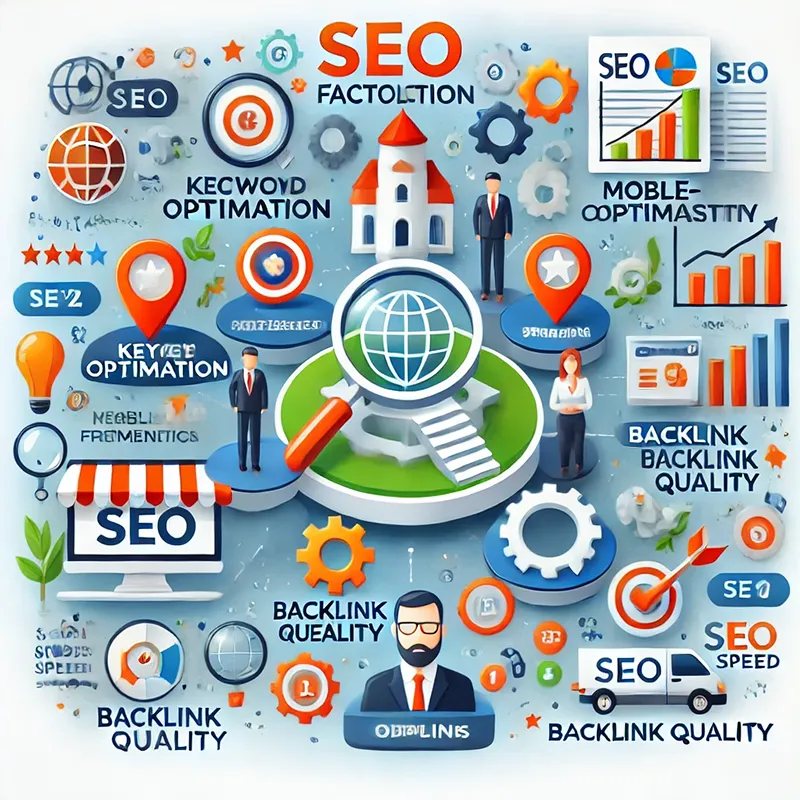
Why It’s a Problem
A website without SEO struggles to rank on search engines, making it difficult for potential customers to find you online. Poor SEO leads to low organic traffic, limiting business growth. Additionally, weak SEO can result in missed opportunities for brand visibility.
How to Fix It
- Optimise title tags and meta descriptions – Use relevant keywords in page titles and descriptions.
- Use proper heading structures (H1, H2, H3) – This helps search engines understand your content.
- Improve internal linking – Link to relevant pages within your site.
- Create high-quality content – Blog regularly with valuable, keyword-optimised content.
5. Outdated or Inconsistent Content – Losing Customer Trust
Why It’s a Problem
Old, irrelevant, or inconsistent content makes your business look inactive or untrustworthy. Regular updates boost SEO and improve customer engagement.
How to Fix It
- Update outdated information – Ensure business details, pricing, and product pages are current.
- Create a blog strategy – Publish fresh, valuable content consistently.
- Remove broken links – Fix or update any links that lead to missing pages.
- Maintain brand consistency – Use uniform fonts, colours, and messaging across your site.

Conclusion – Which One is Right for You?
Your website can drive business growth or push potential customers away. Avoiding these website mistakes that hurt your business will help you improve user experience, rank higher on search engines, and boost conversions.
🚀 Need a professional website that avoids these mistakes?



